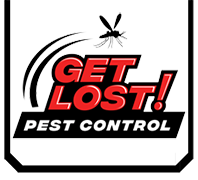The Truth about Thief Ants
Did you know that thief ants are skilled at remaining undetected in homes despite their small size? These tiny insects, measuring about 1/16 inch (1.5 mm) in length, can be found throughout the eastern United States. With their elusive nature, thief ants often go unnoticed as they nest in small crevices, woodwork, and masonry within…


